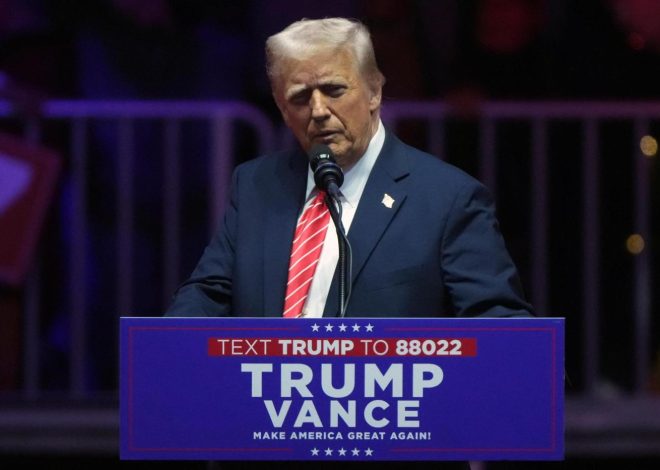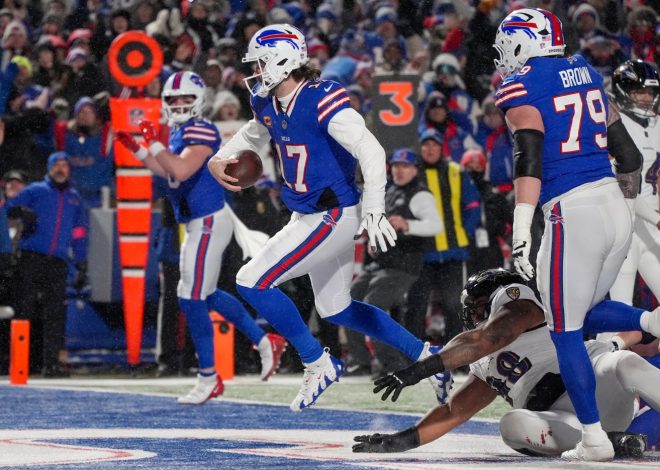
Are you better off today than four years ago?
Inflation and job growth could determine the next president.
It’s not whether the nation’s economic performance influences voting, it’s what slice of the economy has the most say.
Personal finances are very personal. The parts of the business world that sway your checkbook might be inconsequential to others.
My trusty spreadsheet looked at seven economic yardsticks — cost of living, hiring pace, gross domestic product, mortgage rates, unemployment, the stock market and wages — seeking any hints as to who will control the White House next year.
The third-quarter performances of these metrics were compared with four years earlier for the last 12 presidential election years, from 2020 back to 1976. Ranking those periods was a modest calculation of the “are you better off than four years ago” question.
To create a historical scale, the 12 presidential terms were divided into thirds for the seven benchmarks. The four best performances were viewed as economic signals that the incumbent party would stay in power. The bottom four outcomes were seen as predictions for a change. The middle third was an “undecided” opinion.
Did those calls prove true? Here’s what I learned, ranked by relative accuracy.
Best bets
The most clairvoyant indicators were inflation and job growth, with their top and bottom outcomes correctly calling control of the White House with 88% accuracy.
For starters, the cost of living is always a hot-button topic. And we’ve been reminded in recent years just how anxious Americans get when inflation skyrockets. When trips to the store get painful to household budgets, voters act accordingly.
But plentiful employment opportunities is also a critical cog for economic well-being. A steady paycheck cures many families’ financial challenges.
38 QUESTIONS: What can fix California’s housing mess? CLICK HERE!
So, if bosses are hiring briskly, voters seem happy to keep the White House in the same hands. But they’ll boot leadership when layoffs are too common.
The next best economic markers for presidential prescience were GDP and mortgage rates, with 75% accuracy.
Now, GDP is a relatively hard-to-explain, broad measurement of business output growth. Still, it’s somehow appreciated by voters who likely appreciate levels of commercial activity without easily quantifying it.
That statistical fuzziness is sharply contrasted by what a home loan costs. Americans like to borrow, and financing costs are a keenly watched factor in life and voting habits.
Next came joblessness, which was correct in 63% of its predictions over 12 years.
On one hand, you’d think the unemployment rate would have vote-altering muscle. On the other hand, most people stay employed even during the darkest of economic downturns.
Unless you or a loved one are out of work, the unemployment factor might not be a vote-changing item.
Poor prognosticators
The stock market was correct on the presidency just half the time during the past dozen elections.
Numerous Americans have insignificant money on Wall Street and don’t follow its gyrations closely. Disinterest or discomfort may be why it’s a somewhat poor predictor of election outcomes.
Finally, there are pay raises. Their movements were correct about elections only 25% of the time since 1976. Now, why wouldn’t voters be concerned with how much typical wages rise?
INFLATION TRENDS: What’s up? What’s cheaper? What’s next? CLICK HERE!
First, remember that rising wages are often part of an inflationary problem. Folks in those eras may focus more on a surging cost of living than a fatter paycheck.
Secondly, I’m betting most Americans think they deserved their pay raise and not that it’s a product of any presidential policies.
Bottom line
Just to be sure, I created a simple economic performance index for each of these past 12 presidential terms by averaging the rankings for the seven benchmarks.
This composite index had a surprising 88% accuracy. If nothing else, we see that economic swings frequently parallel political outcomes.
White House incumbents win in good times – and get booted in bad times.
Look ahead
Let me reward you for getting this far with a peek at what 2020-24’s economic stats suggest. This comes with a strong caveat: I’m not trying to change anybody’s vote.
The economic track record of Joe Biden’s presidency is complicated. And Vice President Kamala Harris taking his spot atop the Democratic ticket makes the linkage even trickier. Still, contemplate what was found when I retooled the spreadsheet’s math to include the past four years.
Based solely on inflation performance, Biden’s party exits the White House. It’s a “loser” signal that’s been 100% correct since 1976.
Based on job growth, however, the Democrats keep the presidency. It’s a “winner” signal equally correct.
Remember, these are the two “best” indicators. One of these will be wrong this time.
REAL ESTATE NEWSLETTER: Get our free ‘Home Stretch’ by email. SUBSCRIBE HERE!
Let me note that mortgage rates also hint at a loss. Yet GDP, unemployment and the stock market suggest victory – as does my seven-benchmarks composite.
Like I said, it’s complicated.
Jonathan Lansner is the business columnist for the Southern California News Group. He can be reached at [email protected]
Related Articles
California has 13 of the most unaffordable small US cities
Farms or subdivisions? Ballot measure would curb development on Silicon Valley’s southern edges
Editorial: Elect Scales-Preston for Contra Costa seat Glover leaves after 24 years
61% of Californians expect bad times for the economy
California confidence rebounds to 19-month high vs. big US dip


